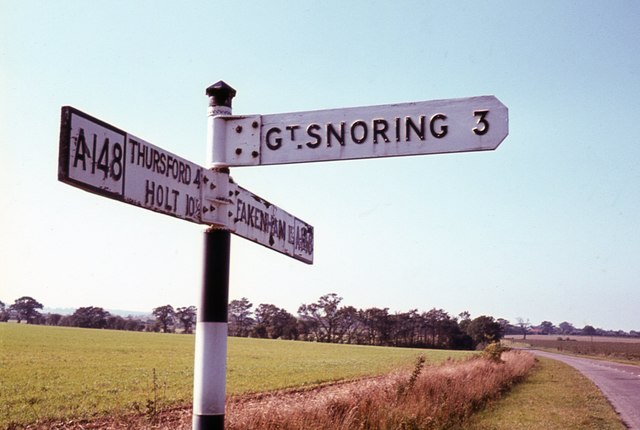The MBS threshold for GPs to refer patients with suspected sleep apnoea is potentially missing more than half of people with the condition
The MBS threshold for GPs to refer patients with suspected sleep apnoea for testing is set high, potentially missing more than half of people with the condition, a study in the latest Medical Journal of Australia has found.
The study, led by Professor Shyamali Dharmage from Melbourne University’s School of Population and Global Health, also found the questionnaires used to screen for obstructive sleep apnoea (OSA) lacked diagnostic utility, being prone to high rates of both false negatives and false positives.
OSA, which is associated with higher morbidity and mortality, affects 9 to 38% of adults and is underdiagnosed, according to the authors.
Validated diagnostic tools include the Epworth sleepiness scale (ESS) and the Berlin, STOP-Bang and OSA-50 questionnaires. Because these all produce a score, cut-offs to rule patients in or out are set arbitrarily.
Following the recommendations of the MBS Review Taskforce’s Thoracic Medicine Clinical Committee in 2016, item 12203 covers a GP’s direct referral to a sleep study if a series of conditions are met, including either questionnaire-plus-ESS criteria (ESS equal or greater than 8 and STOP-Bang equal or greater than 4 or OSA-50 equal or greater than 5 or a high-risk Berlin score); or the recommendation of “a qualified sleep medicine practitioner or a consultant respiratory physician”.
The team applied the diagnostic criteria to people with clinically relevant obstructive sleep apnoea, as determined by their apnoea-hypopnoea index (based on airflow limitation events) and oxygen desaturation index, measured with a home ApneaLink device.
They defined clinically relevant as moderate to severe OSA or mild OSA with excessive daytime sleepiness.
The subjects, all in their early 50s, were randomly selected from the Tasmanian Longitudinal Health Study.
The STOP-Bang and OSA-50 had fair sensitivity (81% and 86%) but very low specificity (36% and 21%) at standard cut-off scores; Berlin’s sensitivity and specificity were both low at 65% and 59%. Combining them with an ESS cut-off score of 8 raised the specificity into the 90s, but reduced sensitivity, meaning more false negatives.
Under the MBS criteria, the team found, only 5 to 8% of people would be sent for testing unnecessarily, but 49 to 64% of true cases would be missed, depending on which questionnaire was used.
The study’s findings are unlikely to surprise the MBS Review Taskforce committee, which deliberately set the bar high. Its recommendations noted “above forecast growth in use of sleep studies” and said that patients referred for testing “should have a high pre-test probability of having OSA”.
MJA; 27 May 2019


